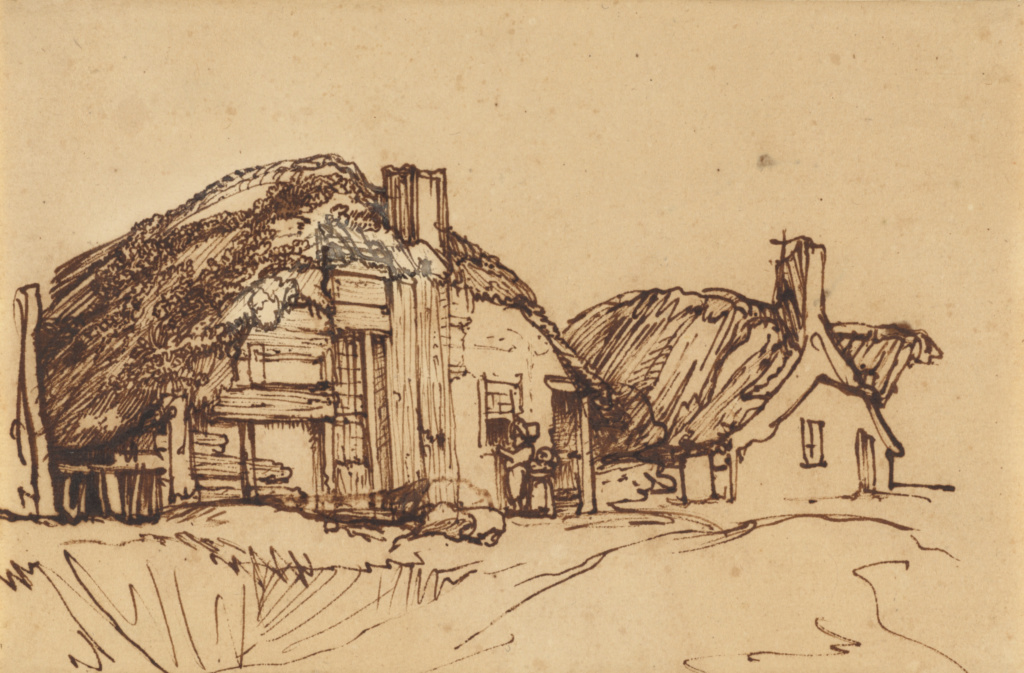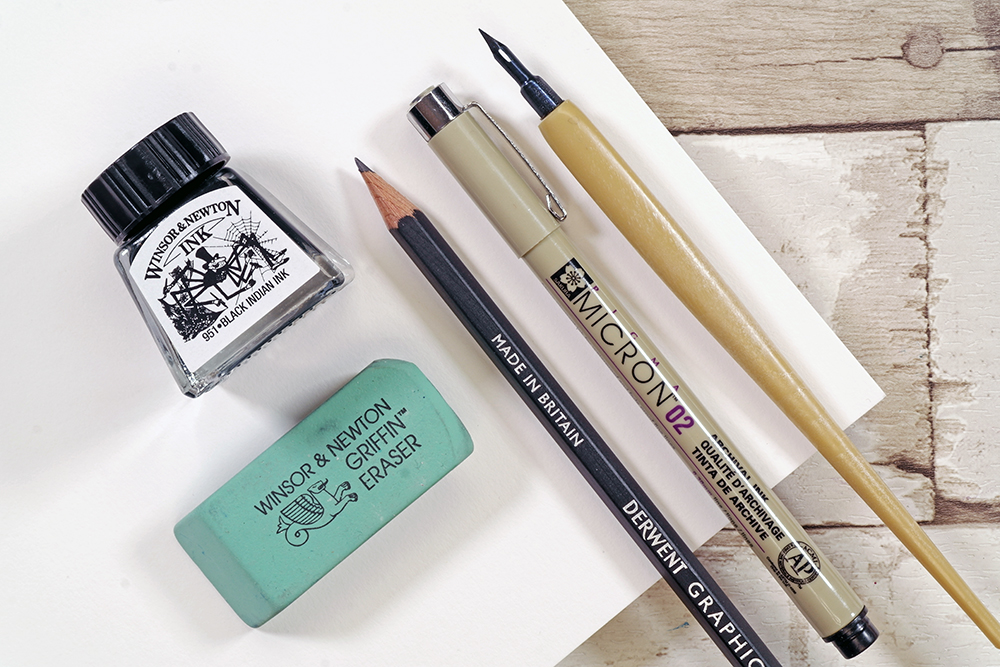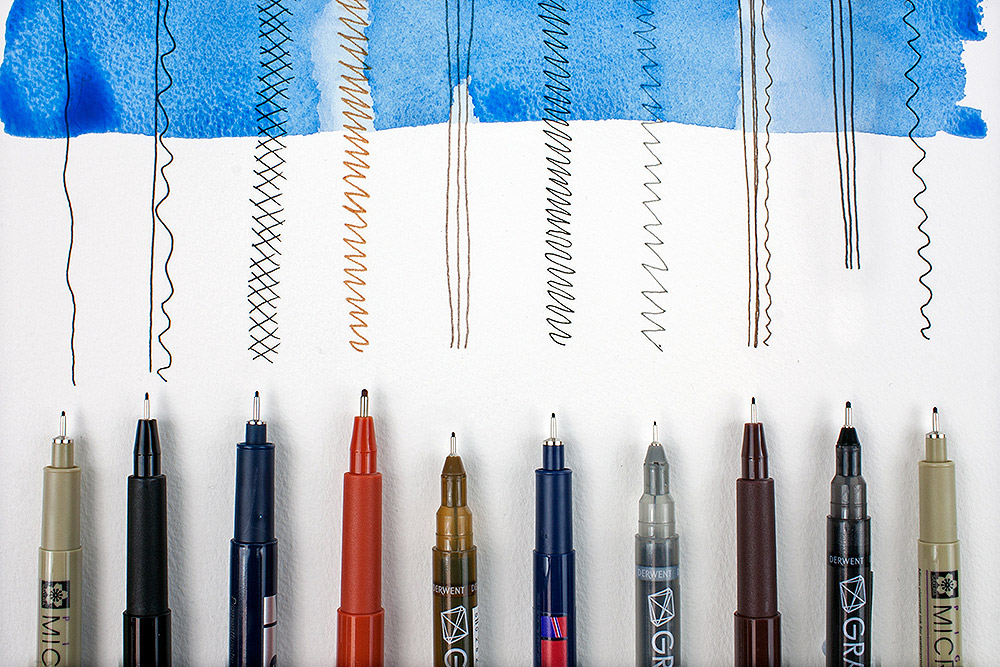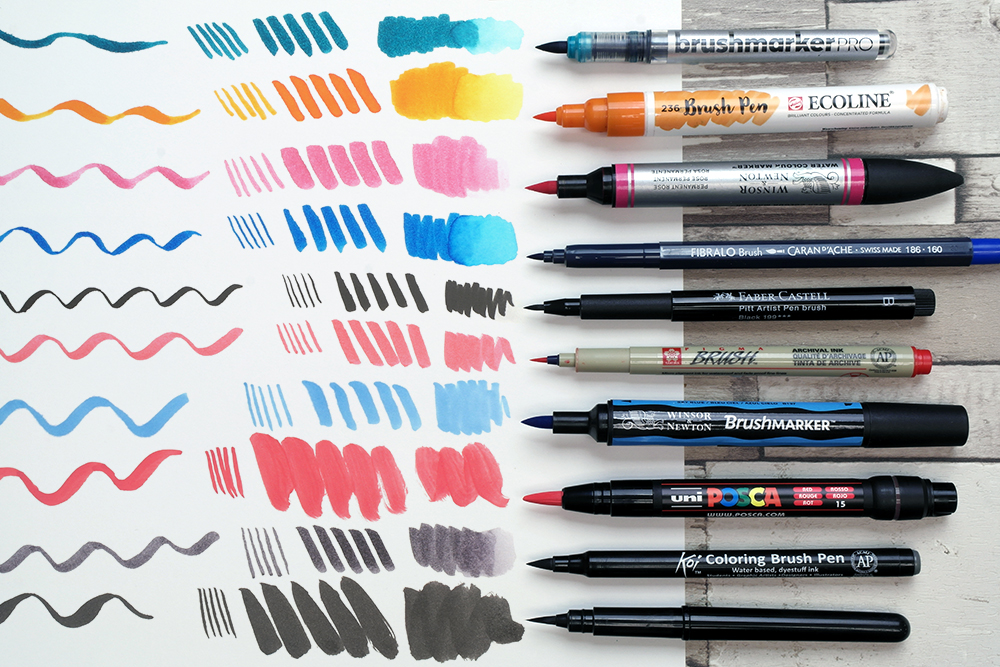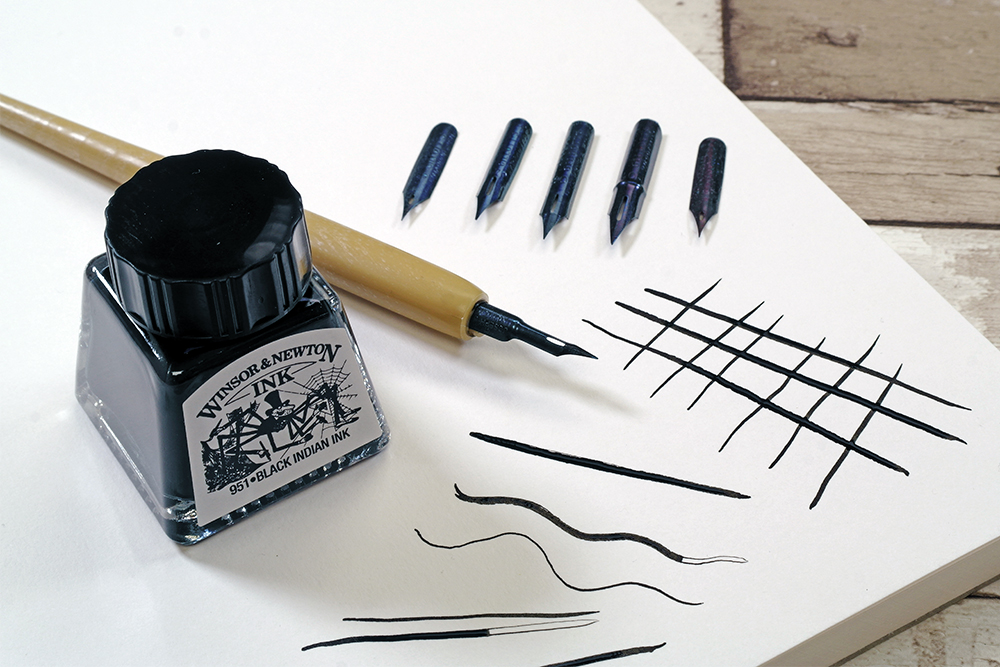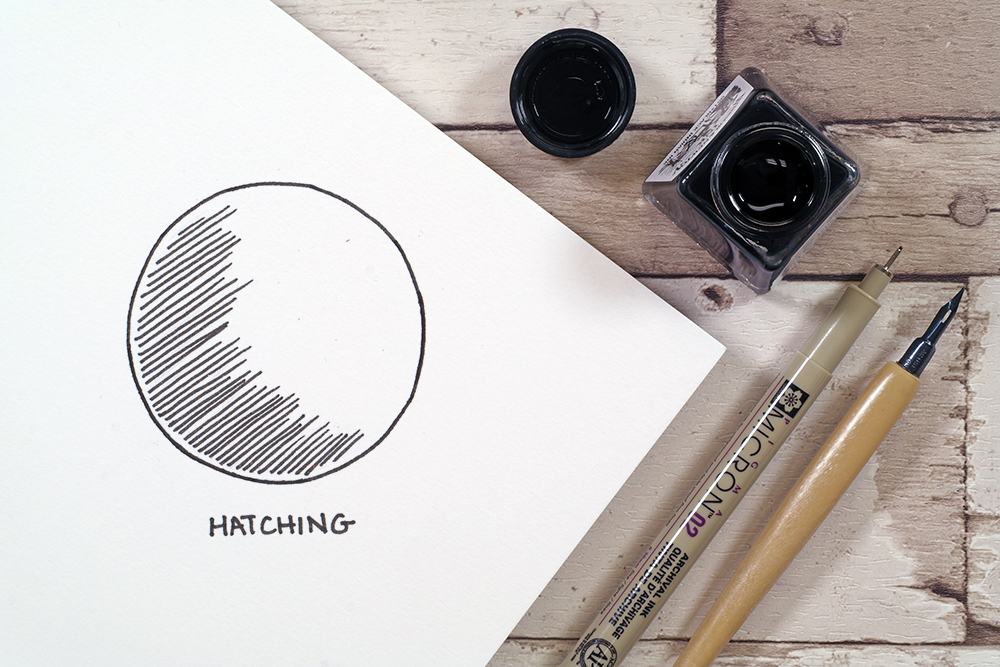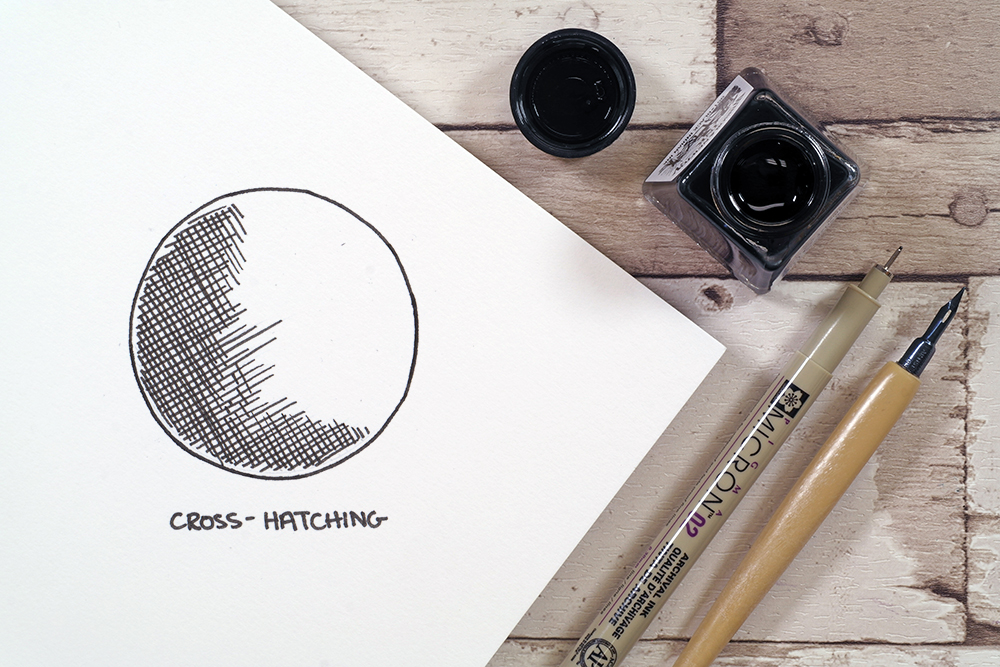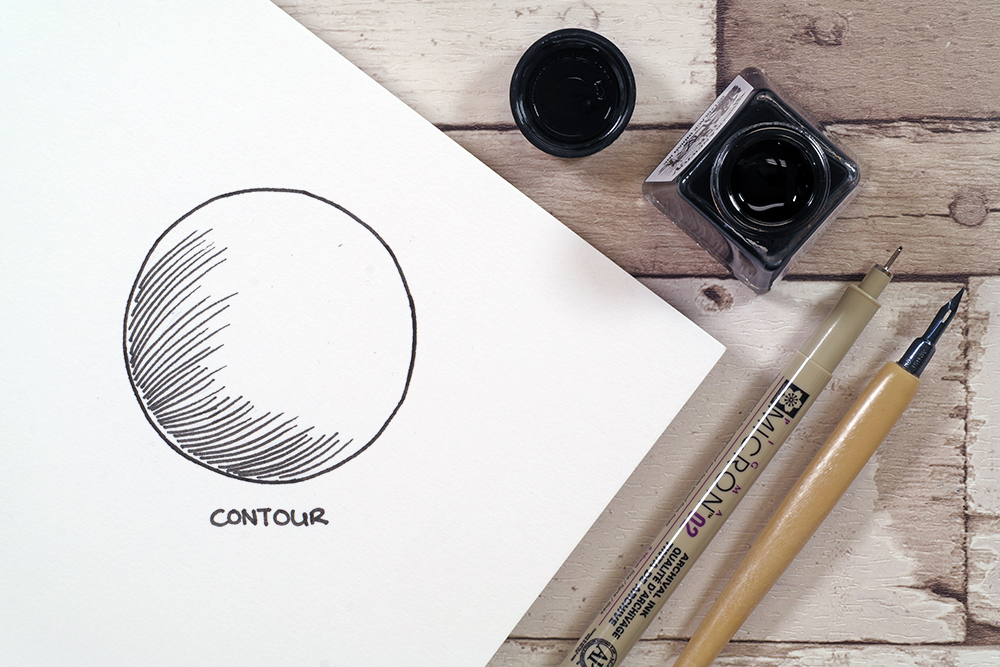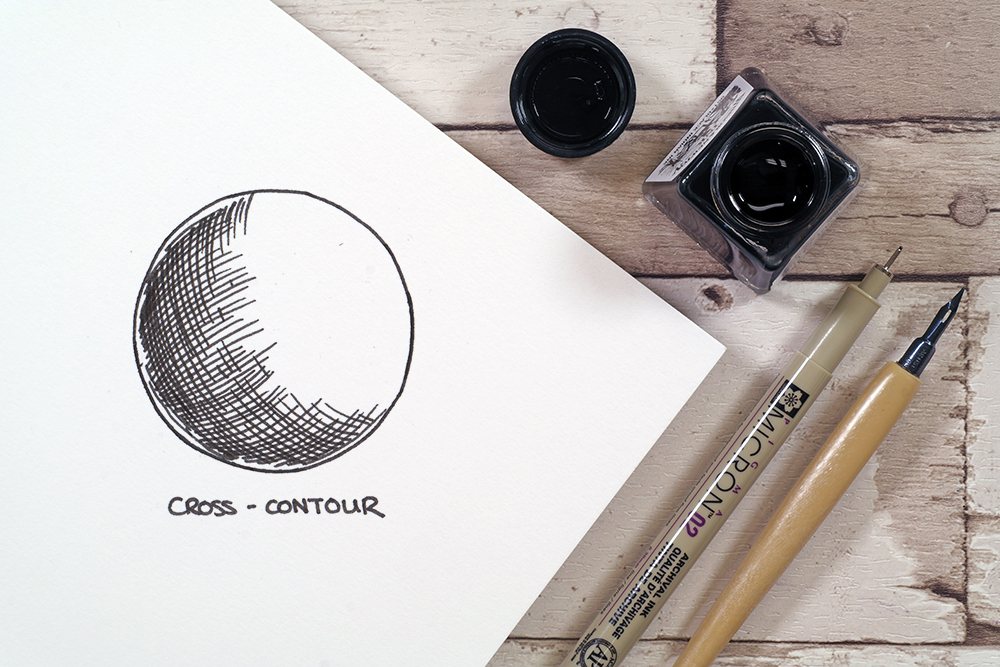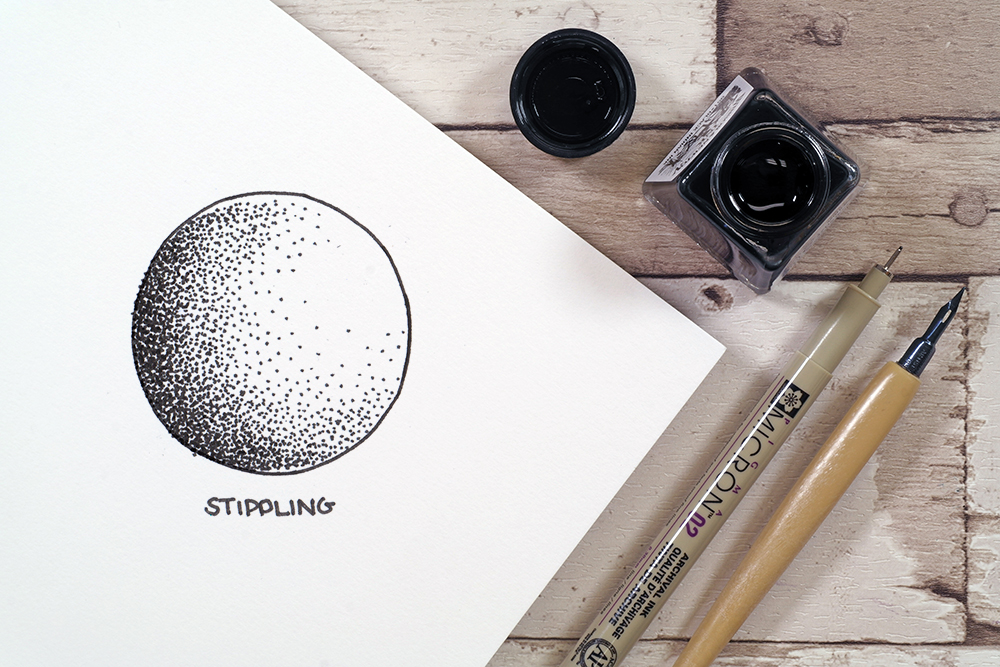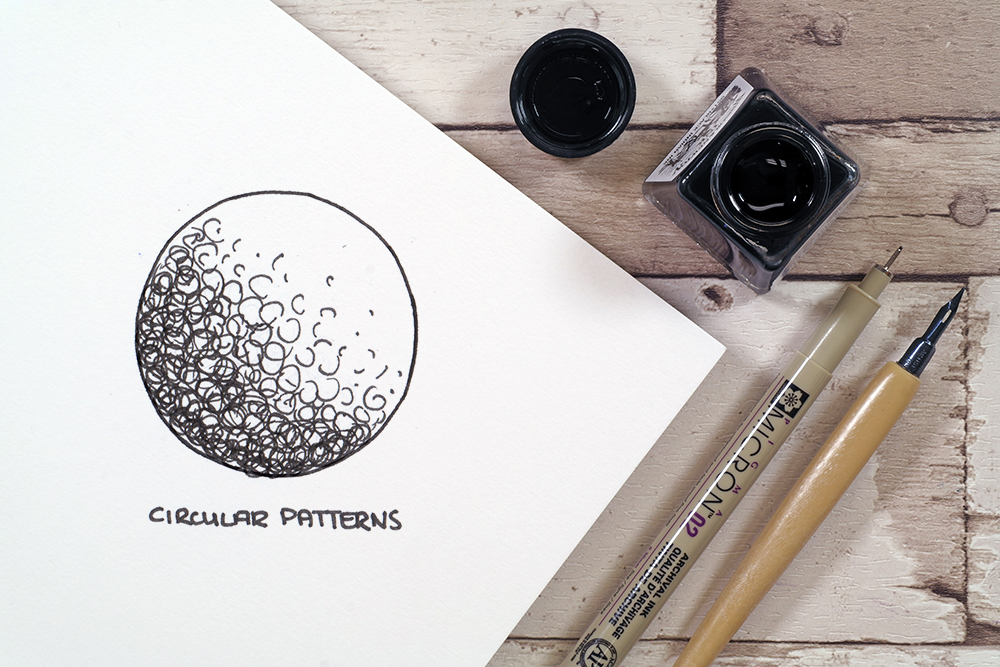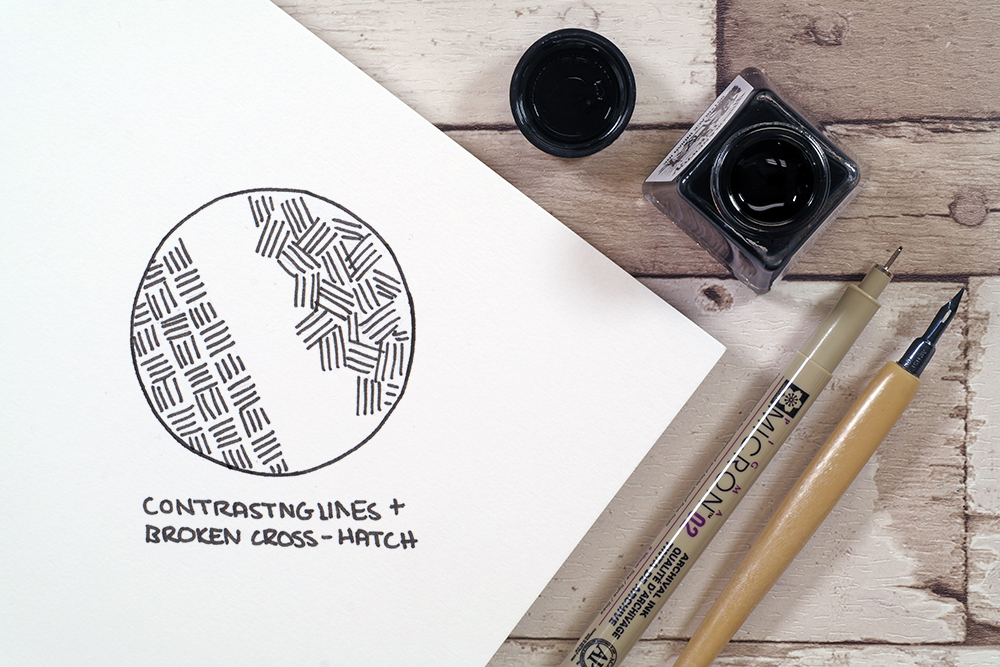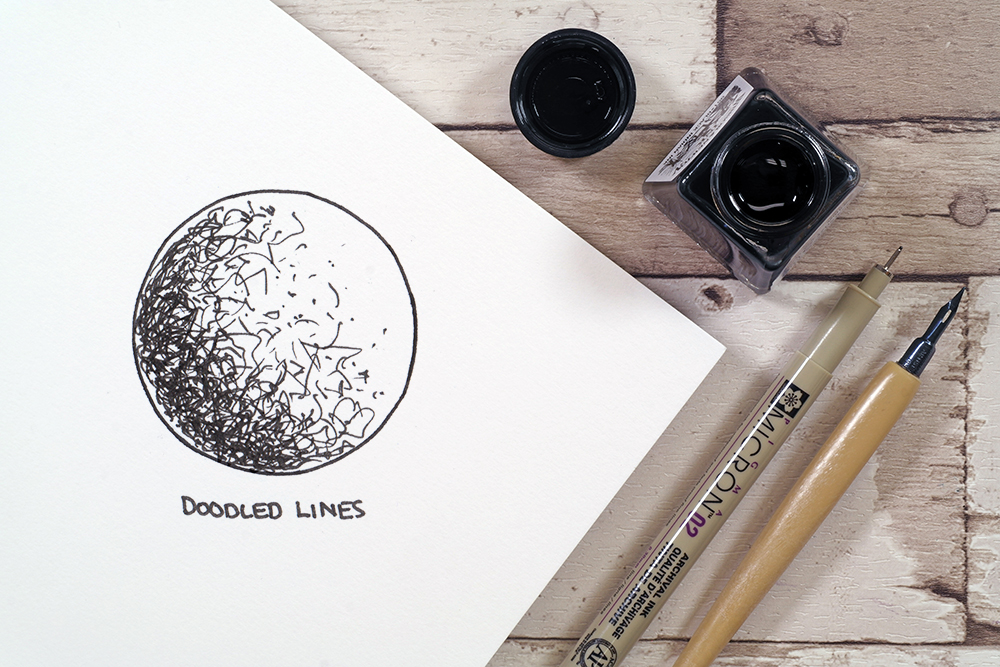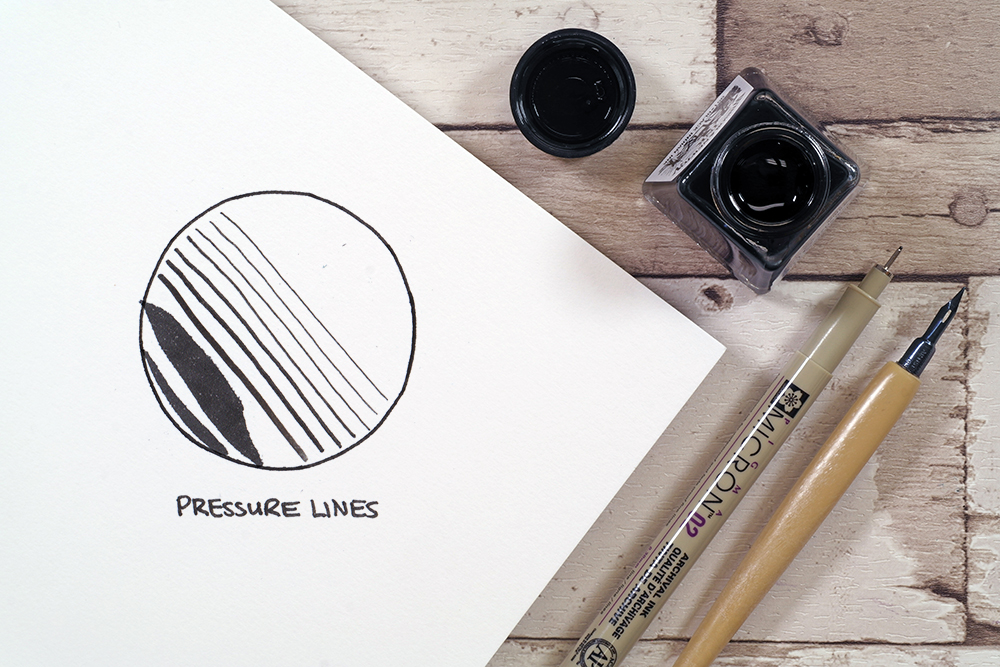Learn graphic design online for free, without going to school or without a degree. If you would like to become a graphic designer, you can do so for free or by taking affordable and free courses. I taught myself graphic design and have helped many others learn to become designers through this article. Keep reading — you got this!
So you want to learn graphic design for beginners? You’re in the right spot! I’m going to teach you how I became a freelance graphic designer with zero experience and without holding a degree in graphic design.
First, let me say that this article isn’t meant to undervalue those who do go to design school. Designers who spend years working on their craft are obviously very knowledgeable and do amazing work.
But sometimes school isn’t in the budget for everyone and you might want to learn graphic design on your own.
Figuring out how to learn graphic design is the hardest part, which is why I’ve written up all the steps I took for you to follow.
Now, let’s dive right into how to become a graphic designer!
Steps to Learn Graphic Design
Before you go any further, I want you to commit to yourself that you’re going to follow through with these steps (if it’s something you truly want to do)!
Step 1: Learn the Basics of Drawing
You don’t need to be a skilled drawer, but you will need to know some basics.
Before I began learning graphic design, I started with a good old pen and paper and went back to the basics.
I had to learn things like shadows and drawing 3D objects (something I wasn’t good at, but knew I would need to improve if I wanted to do logo design and mockups).
Step 2: Learn Graphic Design Theory
Your next step in learning graphic design is to learn some theory.
“But the theory is so boring.” I know, I know. Graphic design theory is rarely fun but I’m here to tell you how to become a graphic designer and the theory is super important.
If you want to become a graphic designer you’re going to need to learn some of the tedious material before jumping into the fun stuff.
Just because you are teaching yourself doesn’t mean you get to skip out on the boring material!
Knowing what types of fonts and colors go together and what doesn’t go together is going to help your designs immensely.
So teach yourself graphic design theory!
In regards to theory, I suggest starting off with learning the basics of color, typography, shape, space, lines, texture and size.
A great read to get you thinking of basic graphic design theory is the book Visual Grammar.
These books are some of my top picks for learning graphic design and design theory:
- Design Elements: Color Fundamentals
- The Language of Graphic Design
Step 3: Get Some Graphic Design Tools
As a bit of a digital nomad, my office moves around a lot so I like to keep it minimal when it comes to the tools I use. Luckily, graphic design doesn’t require lots of gadgets and gizmos (or oozits and whatzits #thelittlemermaid).
But the one thing you will need to become a graphic designer is graphic design software — this is non-negotiable 🙂
You can purchase Adobe Creative Cloud which contains:
Illustrator: will be used for logos and other vector-based graphics
Photoshop: will be used to create special effects and edit media
InDesign: will be used to create materials for print or online such as brochures, PDF’s, books etc.
Plus many other programs that you can use as you grow!
Here’s where you may want to bookmark this article. Because when you are first learning how to become a graphic designer you aren’t going to need the below item, but after you’ve figured out the theory, how to draw and are comfortable in the above programs, you might find that you need some type of tablet.
Step 4: Learn the Tools of Graphic Design
Now that you have the tools and the know the foundation of graphic design, it’s time to actually learn the tools (yes! You finally made it to the step where you are going to actually learn how to become a graphic designer that can make designs)!
I’m thankful for all the affordable online courses out there because they will save you months of time trying to piece everything together on your own.
This Udemy graphic design course is much more affordable than an entire degree, yet it will still help you figure out how to use the tools and software.
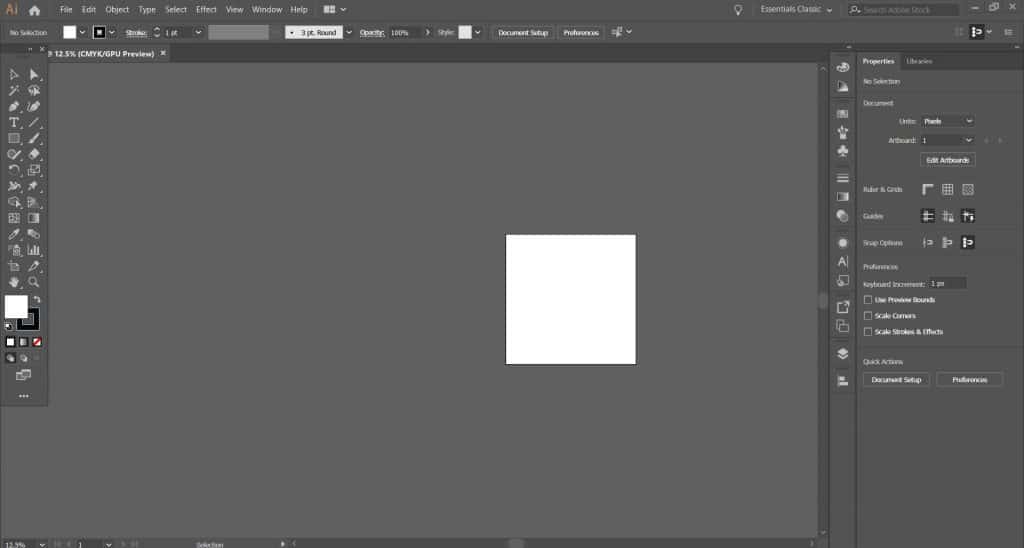
If you want to learn graphic design, you obviously need to learn the tools, and having video instruction will make that process so much easier.
I highly recommend signing up for the above course if you want to fast-track things a bit.
After you’ve learned the basics, you’ll be able to use the tools to create your own designs.
Graphic Design Tutorials
You can also use YouTube tutorials to teach you everything if a course isn’t in the budget. YouTube is great because you can learn by doing, seeing and hearing.
Here are some of my favorite YouTube channels for free graphic design tutorials:
Spoon Graphics: My favorite tutorial was the Tattoo Inspired Vector Illustration in Adobe Illustrator. Prior to buying a tablet, I searched high and low for some quick way to create stipple shading. So bookmark this tutorial for when you are ready to stipple shade.
Design Tuts: There are some more advanced sports logo tutorials on this channel but it’s really helpful to see the process and how more advanced designs get formed.
Will Patteson: His channel is full of great information. Everything from tutorials to Q&A’s about freelancing. This is my go-to channel and helped me so much as a beginner.
Helen Bradley: This channel is my favorite for beginners. I came across Helen Bradley while searching how to make wreaths. Her tutorials are excellent for beginners.
PHLEARN: This channel is strictly Photoshop. Verbal instructions make the tutorials easy to follow. Some other channels (not PHLEARN) have tutorials that don’t have verbal instruction and only have music playing, which can be frustrating for a beginner.
Tasty Tuts: If you don’t want to read about graphic design theory, this channel offers video versions for you. I also learned InDesign by going through 15 InDesign lessons offered on this channel. Here is lesson one; the video description contains the other lessons.
Skill Share: Videos on a range of creative topics.
Matt Borchert: This video on Matt’s channel discusses designer ethics and is a must-watch.
Graphic Tweakz: Logo tutorials galore!
Satori Graphics: Tons of tutorials.
These channels offer many different tutorials, but feel free to do your own searches to find what you are looking for and go through at least one every day.
Step 5: Build Up Your Graphic Design Portfolio
A lot of people are scared to venture out into doing real work.
“What if they ask for my credentials or my degree?!” Maybe you’re scared of this to? Let me tell you something — I’ve never been asked once in my career for my credentials.
I have, however, been asked to see past work or a portfolio, and when my prospects see my portfolio, they almost always book immediately.
So, where else can you find small projects to help develop your portfolio if you want to become a graphic designer?



